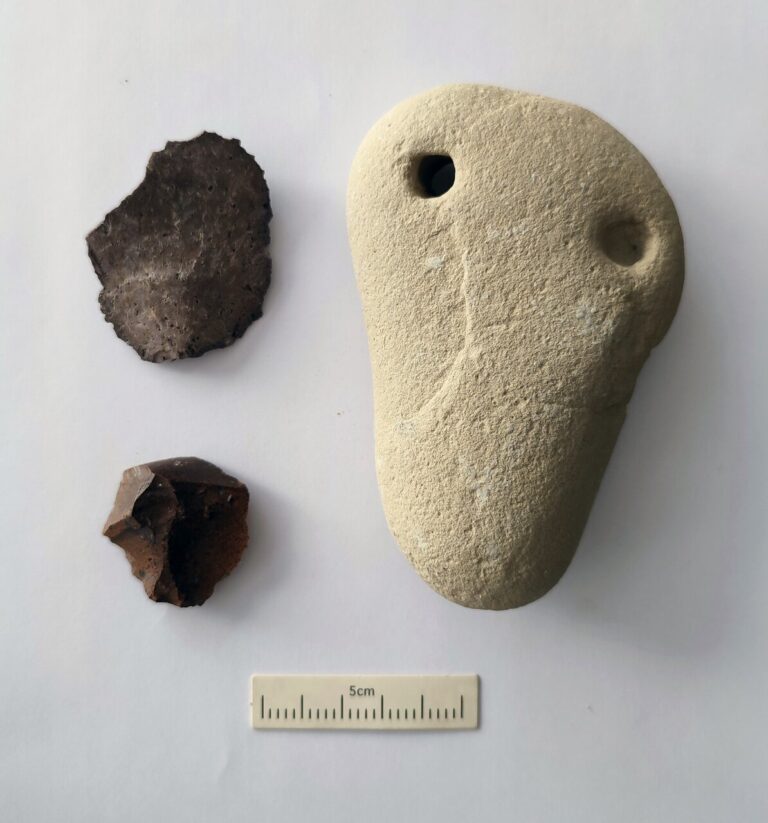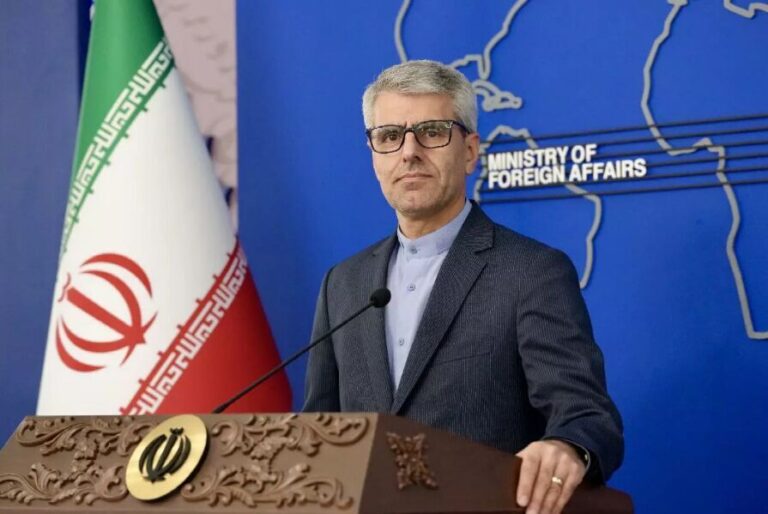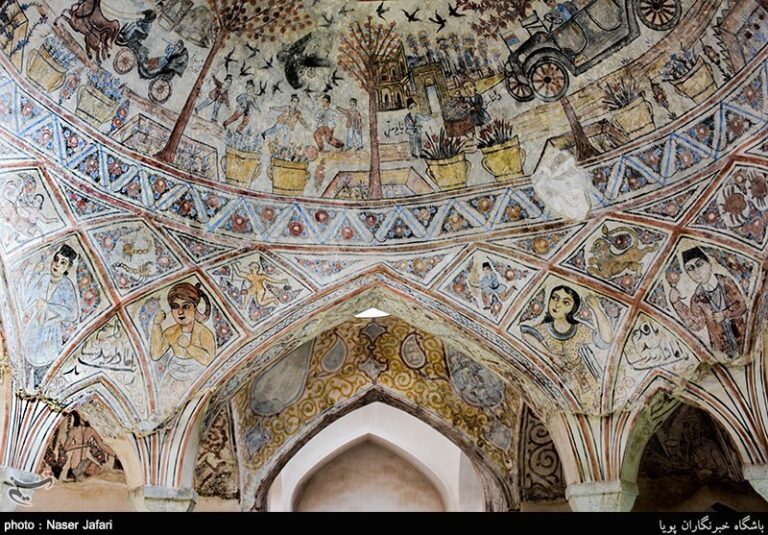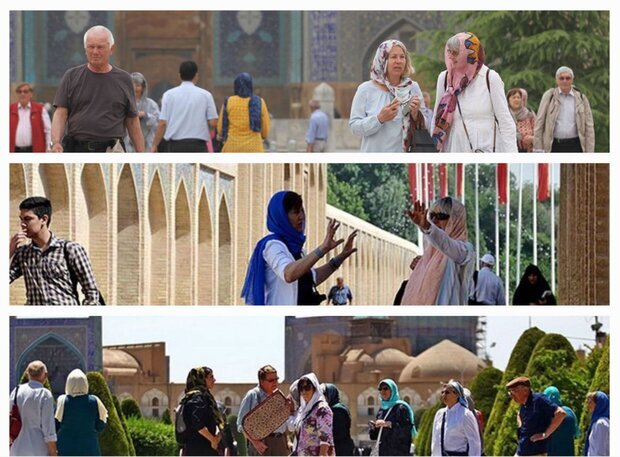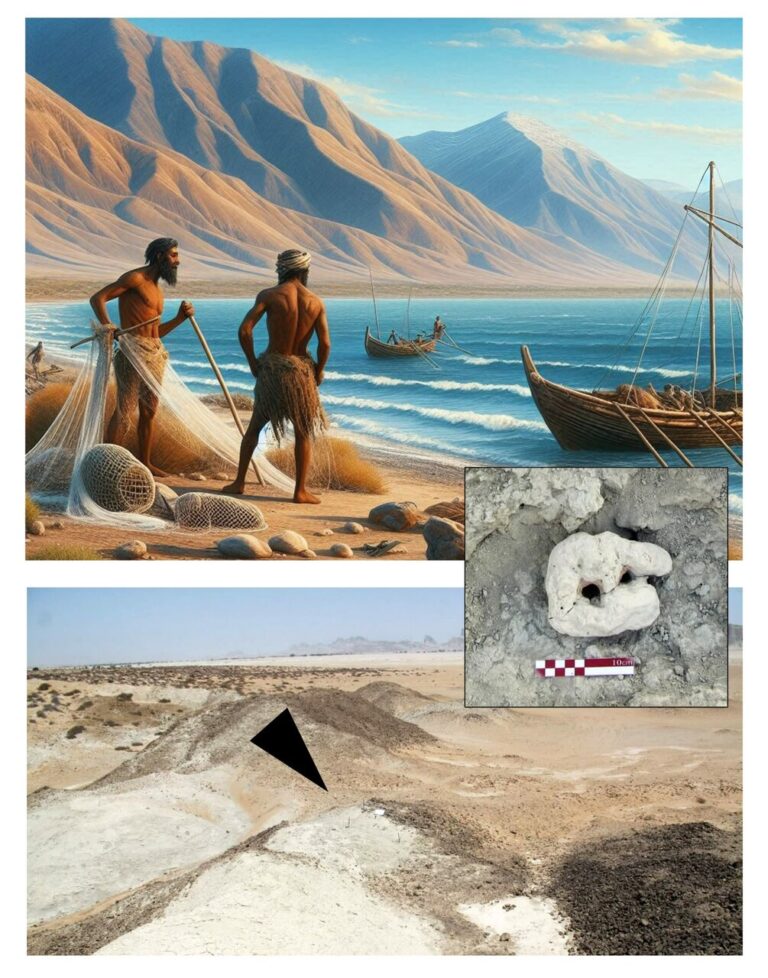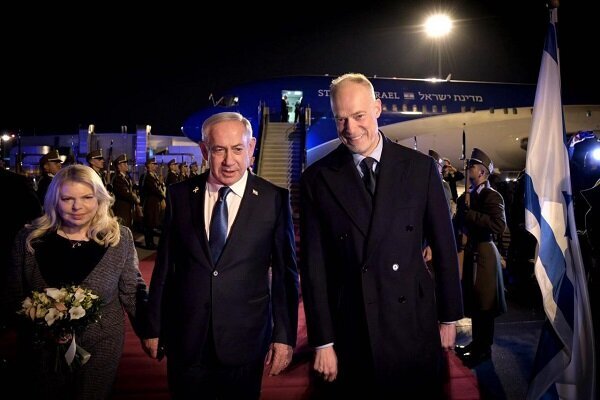ECI Leader Explores Iconic Milad Tower: A Landmark Visit!
The ECO Cultural Institute (ECI) is making significant strides in promoting cultural heritage and cooperation among member states. Recently, ECI president Dr. Saad S. Khan visited Milad Tower and various cultural landmarks in Tehran, highlighting the importance of these connections. His visit underlines the rich cultural tapestry of Iran and its architectural advancements, as reported by IRNA.
During his visit on Wednesday, Dr. Khan expressed his admiration for Iran’s cultural wealth and modern architectural achievements. He explored numerous sections of Milad Tower, including the observation platforms that offer breathtaking panoramic views of Tehran. Dr. Khan also praised the ongoing cultural-artistic exhibitions held at the tower, which serve as a bridge between diverse cultures.
In a heartfelt gesture, Dr. Khan extended his warm wishes for Nowruz, the Persian New Year, emphasizing the significance of harmony and prosperity in the entire ECO region. This visit not only showcased the sustainable ties of the ECO Cultural Institute with the host country but also reinforced its commitment to promoting shared values and enhancing regional unity.
The Role of the Economic Cooperation Organization (ECO)
The Economic Cooperation Organization (ECO) is an intergovernmental entity that fosters economic, technical, and cultural collaboration among its member states. Founded in 1985 by Iran, Pakistan, and Turkey, the organization’s membership has since expanded to include:
- Afghanistan
- Azerbaijan
- Kazakhstan
- Kyrgyzstan
- Tajikistan
- Turkmenistan
- Uzbekistan
The ECO is recognized as a promising regional organization, with Iran actively seeking to bolster intra-regional cooperation. The organization’s effectiveness as a regional mechanism for economic connectivity is of paramount interest to its member states.
International Recognition and Growth
The growing international stature of the ECO was marked by the United Nations’ approval in 1985, allowing the organization to become an observer member. This recognition aligns the ECO with other significant entities, such as the Organization of Islamic Cooperation.
Spanning over 8 million square kilometers and home to more than 460 million people, the ECO region connects diverse areas, including:
- North to South
- East to West
- Asia to Europe
- Eurasia to the Arab World
By including countries from the Caucasus, South, West, and Central Asia, the ECO stands as one of the oldest intergovernmental organizations, dedicated to promoting sustainable economic development within the region.
Goals and Objectives of the ECO
The primary mission of the ECO is to foster a conducive environment for sustainable economic growth among its member states. The organization aims for:
- Joint welfare and well-being of its members
- Increased collaboration based on shared cultural and historical ties
- Action-oriented strategies to achieve greater connectivity
In the early 1990s, the ECO expanded its cooperative framework by welcoming new members, including:
- The Islamic Republic of Afghanistan
- The Republic of Azerbaijan
- Republic of Kazakhstan
- Republic of Kyrgyzstan
- Republic of Tajikistan
- Turkmenistan
- Republic of Uzbekistan
With a focus on collaboration, the ECO member states are continuously ready to complement each other’s strengths. This proactive approach reflects their commitment to enhancing cooperation and achieving the overarching goal of regional integration.
In conclusion, Dr. Saad S. Khan’s visit to Tehran and Milad Tower serves as a reminder of the vital role cultural heritage plays in strengthening ties among the ECO member states. The ECO’s ongoing dedication to fostering economic, technical, and cultural collaboration is essential for the region’s development and prosperity.
